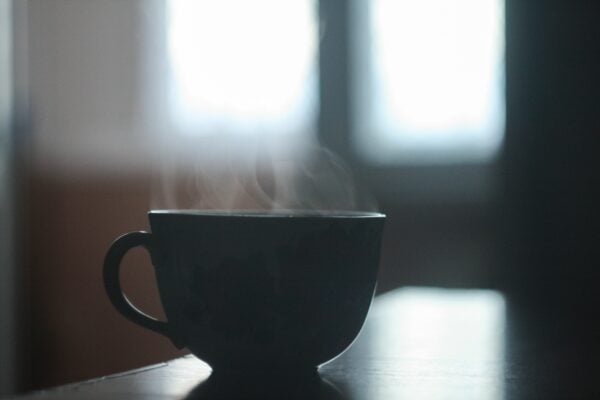Dan Cong is a complex and high quality type of Chinese oolong tea that is particularly notable for its ability to mimic flowery and fruity fragrances and flavors, making it one of the most diverse teas of anywhere in the world. Some of the most notable variations are honey-orchid, Almond, ginger blossom and magnolia.
Oolong tea, the semi-oxidized class of tea, is generally divided into four types; Tie Guan Yin (Iron Goddess of Mercy) that is grown in the Southern Fujian province in China, Wuyi rock Oolong that hails from Northern Fujian, Taiwanese Oolongs, and Dan Cong oolongs, which are cultivated in the Guangdong province. The origins of Dan Cong oolong can be traced to the last stages of the Song Dynasty (960-1279). The plants were cultivated in the mineral rich soil of the Phoenix Mountain region of Guangdong, sitting at an elevation ranging from 350 to 1560 meters above sea level.

Dan Cong literally translates into “single bush”, which refers to how the plant is grown. The tea is picked in bushels from high-growing trees, one of which is a staggering 900 years old. It was argued that in the trees these bushes could grow without restraint, leaving it full of nutrients that otherwise would be lost, and therefore giving it its high quality. Generally, only the youngest leaves are picked, left to wilt in the sun for a few hours, and further withered in the shade. Then the leaves are shaken, placed in a hot wok to remove the grassy taste, rolled into a twisted shape, baked until dry, and finally roasted for several hours.
One of the legends surrounding Dan Cong is that emperor Zhao Bing (1272-1279), the last emperor of the Song Dynasty, was fleeing into the mountains as a child during times of war, when he was aided by locals, who gave the barely surviving child tea leaves to nourish from. Because Dan Cong helped save the young emperor’s life it was elevated in status. Sadly, Zhao Bing died not long after, at the age of 8, so it wasn’t until years later, during the reign of Jiaqing (1796-1820), that the tea was acknowledged for its quality and the production of it was increased.
All Dan Cong tea is produced with leaves from the Shui Xian cultivar (short for cultivated variety), a variety of tea that is developed by humans. However, since it grows in the wild, years of cultivating these trees has generated a multitude of sub-cultivars, or more simply put, a great many varieties. Classifications can range from the shape of the trees that they grow in, the leaf shapes, sizes or colors, its geographical location, aroma and more. All these differences between individual plants is the result of unique natural characteristics like soil and lead quality, combined with the high variety of production methods that go along with oolong tea. As a result, no Dan Cong is truly the same.



